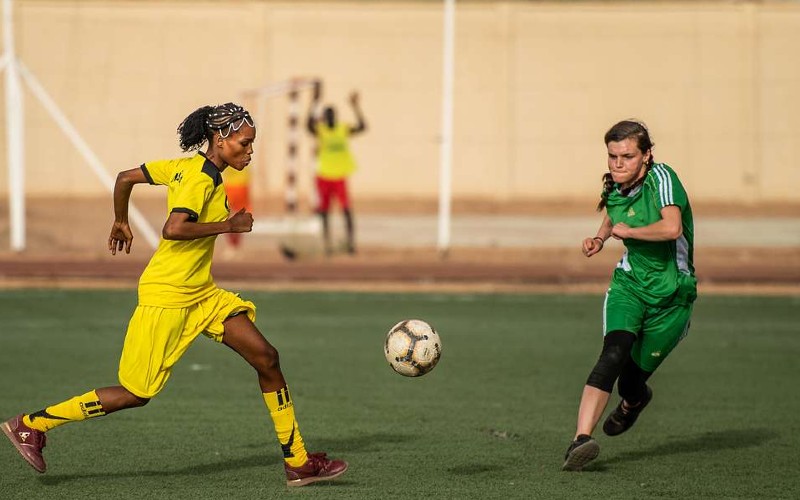Hidden Identities: Uncovering Gender Bias in Soccer Evaluation

A few years ago, our research group (consisting of researchers from Switzerland, the US, and Norway) embarked on a study to investigate the influence of stereotypes on our perception of female soccer. We began hypothesizing how we could effectively measure the extent of stereotypes. One approach that stood out was to examine how people evaluate women’s soccer without their knowledge of the gender of the players. But how could we do that?
Our idea was to modify soccer highlight videos. In one version of the videos, everything remained normal, while in the other version, we deliberately blurred the players to the extent that their gender was indistinguishable.
We presented these videos to respondents from around the world and asked them to evaluate the performance of the players. As expected, we found that respondents clearly preferred men’s soccer when everything was normal. For the blurred videos, we expected that women’s soccer highlights would get a slightly better evaluation when respondents could not see the gender. But once the gender is no longer visible, we found — to our entire groups’ surprise — that the evaluation for men’s and women’s soccer is the same.
We never insinuate in our work that female and male athletes are the same. They are not. There are well-documented physical differences. After we received the results from our research and examined them in-depth, we wanted to understand what we found. For that, it is important to remember that, in general, we see the very best athletes on TV. No one in our research group or (to the best of our knowledge) from the respondents is a professional soccer player. Several respondents love watching soccer (and we controlled for that in our empirical analysis), but we do not belong to this top athlete group. Playing or watching soccer is not our or the respondent’s profession. Thus, we are amateurs.
While we previously acknowledged the existence of physical differences, it’s important to note that this explanation does not imply that women’s game necessarily has a lower skill level if we could detect the nuances. The point is that as amateurs, we may lack the ability to discern subtle differences among athletes at such a high skill level. Once we see the gender of the players and we understand who is playing, we are trained and socialized to prefer men.
These results provide us with important societal implications. We know that women’s sport is less well-covered in the media and that women athletes earn significantly lower wages than men. Here is a chance for business and society to invest in and support a market that has enormous potential to grow.
The results from this study also open up the road for many important academic research projects. For example, it is important to understand how stadium attendance, media coverage, or commentators influence our perception of women’s soccer. Future research has the potential to improve our understanding of these factors further. As such, we do not see this research as an end in itself, but as a start for novel and interesting academic research and important societal change.
READ MOREThe complete paper by Carlos Gomez-Gonzalez, Helmut Dietl, David Berri and Cornel Nesseler is published in Sport Management Review and available here: https://doi.org/10.1080/14413523.2023.2233341



























































































